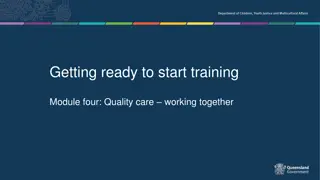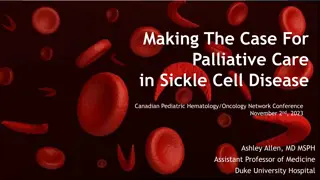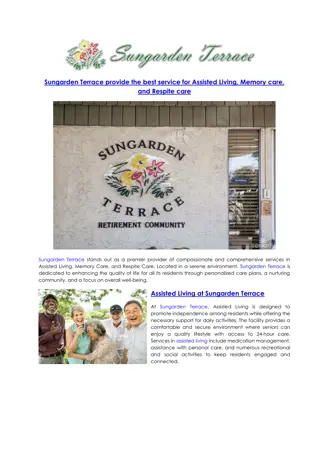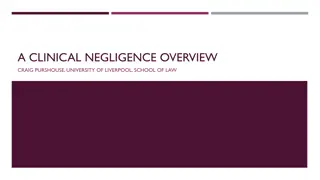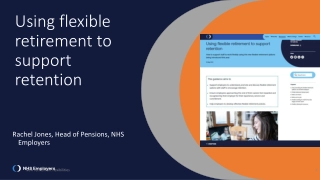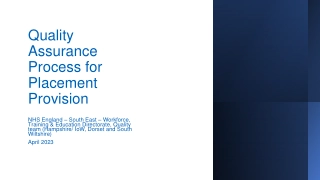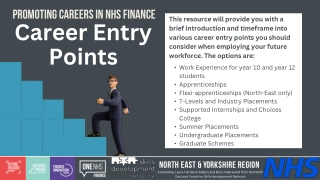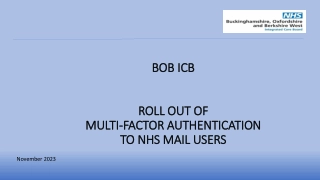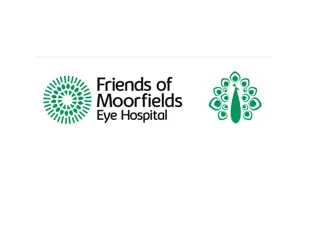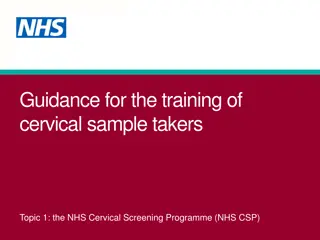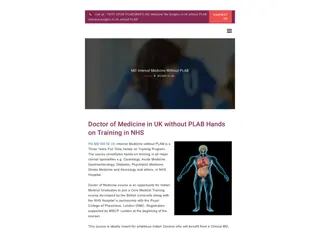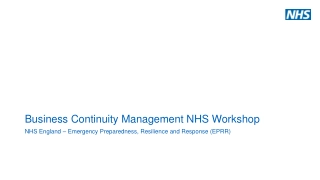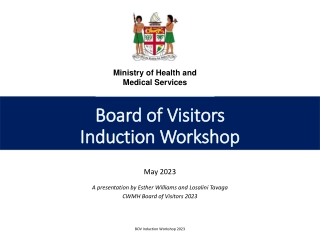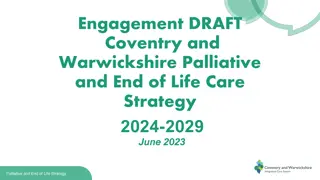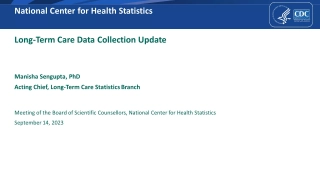NHS Pharmacy First: Guidance for Care Navigators and Receptionists
NHS Pharmacy First is a new service launched by NHS England providing urgent repeat medicines supply, referrals for minor illnesses, and clinical pathways through community pharmacies. Patients over 1 year old can be referred for conditions such as colds, coughs, congestion, earache, gastric issues, eye problems, and more. General practices cannot refer for urgent medicine supply but can refer patients for other elements of the service. Pharmacy contractors must offer all three service elements for NHS Pharmacy First.
NHS Pharmacy First: Guidance for Care Navigators and Receptionists
PowerPoint presentation about 'NHS Pharmacy First: Guidance for Care Navigators and Receptionists'. This presentation describes the topic on NHS Pharmacy First is a new service launched by NHS England providing urgent repeat medicines supply, referrals for minor illnesses, and clinical pathways through community pharmacies. Patients over 1 year old can be referred for conditions such as colds, coughs, congestion, earache, gastric issues, eye problems, and more. General practices cannot refer for urgent medicine supply but can refer patients for other elements of the service. Pharmacy contractors must offer all three service elements for NHS Pharmacy First.. Download this presentation absolutely free.
Presentation Transcript
Pharmacy First Guidance for Care Navigators and Receptionists February 2024
The Pharmacy Elements of Primary Care Access and Recovery Plan (PCARP) On 9th May 2023, NHS England and Department of Health and Social care published the Delivery Plan for recovering access to primary care. The community pharmacy elements of the plan are: A Pharmacy First service which incorporates GP referral to Community Pharmacist Consultation Service (CPCS) and includes 7 new clinical pathways. Increase the provision of the NHS Pharmacy Contraception Service and the NHS Blood Pressure Checks Service. Improve the digital infrastructure between general practice and community pharmacy. A letter to practices on 25 January confirmed the Pharmacy First launch on 31 January: NHS England Launch of NHS Pharmacy First advanced service 2
NHS Pharmacy First Pharmacy First is a development of the former Community Pharmacist Consultation Service (CPCS) with the addition of 7 new clinical pathways. This means the full service will consist of three elements: Pharmacy First - Urgent repeat medicines supply Pharmacy First - Referrals for minor illness Pharmacy First - Clinical pathways Former CPCS Referral via 111, GP or UEC settings Former CPCS NB Not from general practices but from NHS 111 and UEC settings new service element Community pharmacy contractors must provide all 3 elements of the service Distance Selling Pharmacies (sometimes called internet or online pharmacies) cannot do the otitis media pathway (because they can only do remote consultations so cannot use otoscopes) General practices cannot refer patients to pharmacies for urgent medicines supply using Pharmacy First but should refer appropriate patients for the other two elements (clinical pathways and minor illness) 3
NHS Pharmacy First referrals for minor illnesses The service is only for patients aged over 1 year. Service suitability CONDITIONS What conditions are SUITABLE for referral to pharmacists? Beesting Waspsting COLDS Coughs CONGESTION Do NOT refer in these circumstances Drowsy/fever Fastheartrate Lasted+3weeks Shortnessofbreath Lasted+3weeks Shortnessofbreath Stings withminor redness Stings withminor swelling Severeswellingsor cramps Chestpain Unabletoswallow 1sideobstruction Facialswelling Severepain. Deafness Vertigo Lightsensitivity Reducedvision BITES/STINGS Coldsores Flu-likesymptoms Sorethroat Excessmucus Hayfever Blockedorrunny nose Constantneedto clear theirthroat Somethingmaybeinthe ear canal Discharge Earwax Blockedear EAR Earache Hearingproblems Conjunctivitis Dry/sore tiredeyes Eye,redorIrritable Constipation Diarrhoea Infantcolic Eye,sticky Eyelid problems Severepain Pain1sideonly EYE Watery/runnyeyes Haemorrhoids Rectalpain, Vomitingornausea GASTRIC/ BOWEL Heartburn Indigestion Severe/ on-going Lasted+6weeks Patient+55years Blood/Weightloss GENERAL Hayfever Sleepdifficulties Tiredness Severe/ on-going Diabetic/Pregnant Under16/over60 Unexplainedbleeding Conditiondescribed as severe orurgent Conditionshavebeen on- going for+3weeks Pharmacytreatment not worked Hadthrush2xinlast6 months Cystitis Vaginaldischarge Acutepain Ankleorfootpain Headache Hippainorswelling Kneeorlegpain Acne,spotsand pimples Athlete's foot Blistersonfoot Dermatitis/dryskin Hairloss GYNAE/THRUSH Vaginalitchorsoreness Chestpain/pain radiatingintotheshoulder Pharmacytreatment not worked Suddenonset Lowerbackpain Lowerlimbpain Migraine Shoulderpain Hayfever Nappyrash Oralthrush Rash-allergy Ringworm/ threadworm Sprainsandstrains Thighorbuttockpain Wrist,handorfinger pain PAIN Scabies Skindressings Skinrash Warts/verrucae Woundproblems Pharmacytreatment not worked Skinlesions/blisters with discharge Diabetesrelated? Conditiondescribed as severe orurgent Conditionshavebeen on- going for+3weeks SKIN Unabletoswallow Patienthaspoorimmune system Voice change Discolourationto skin Pharmacytreatment not worked Recent travelabroad Coldsoreblisters Flu-likesymptoms Hoarseness Mouthulcers Soremouth Sorethroat Oralthrush Teething Toothache Lasted+10days Swollenpainfulgums Soresinsidemouth Conditiondescribed as severeorurgent Conditionongoingfor+3 weeks Ver 1.6 NHS England, July 2019. MOUTH/THROAT Thighorbuttock swelling Toepainorswelling Ankleorfootswelling Lowerlimbswelling Wrist,handorfinger swelling SWELLING
The 7 new clinical pathways that can be referred to Pharmacy First The 7 clinical pathways have developed to enhance the former CPCS. The pathways enable community pharmacists to treat patients for the most common conditions without the need for a prescription. The community pharmacist will clinically assess the patient and then: Treat if clinically appropriate via patient group direction (PGD) A PGD allows a pharmacist to supply specific prescription only medicines. Provide advice and support via over-the- counter medicines if appropriate Refer patient onto another health professional or GP practice if clinically required Clinical Pathway Age range Women 16-64 years Uncomplicated UTI 18 years and over Shingles 1 year and over Impetigo 1 year and over Infected Insect Bites 12 years and over Sinusitis 5 years and over Sore Throat 1 to 17 years Acute Otitis Media 5
NHS Pharmacy First 7 clinical pathways Please note these are the main exclusions to support referrals. The community pharmacist will review specific symptoms during the consultation Urinary tract infection Shingles* Impetigo Infected insect bites Acute sore throat Acute sinusitis Acute otitis media A UTI is an infection in any part of the urinary system. Shingles is an infection that causes a painful rash Impetigo is a common infection of the skin. It is contagious, which means it can be passed on by touching. Insect bites and stings can become infected or cause a reaction. Sore throat is a symptom resulting from inflammation of the upper respiratory tract Sinusitis is swelling of the sinuses, usually caused by an infection. The sinuses are small, empty spaces behind your cheekbones and forehead that connect to the inside of the nose. An infection of the middle ear. Inclusion: Female Aged between 16 - 64 Suspected lower UTI Inclusion: 18 years and over Suspected case of shingles. Rash appeared within the last 72 hours - 7 days Inclusion: 1 year and over Signs and symptoms of impetigo Localised (4 or fewer lesions/clusters present) Inclusion: 1 year and over Infection that is present or worsening at least 48 hours after the initial bite(s) or sting(s) Inclusion: 5 years and over Suspected sore throat Inclusion: 12 years and over Suspected signs and symptoms of sinusitis Symptom duration of 10 days or more Inclusion: Aged between 1 17 Suspected signs and symptoms of acute otitis media Exclusion: Male <16 or >64 Pregnant Breastfeeding Recurrent UTI (2 in last 6 months or 3 in last 12 months) Catheter Type 1 or 2 Diabetic Exclusion: < under the age of 18 Pregnant or suspected pregnancy Breastfeeding with shingle sores on the breasts Shingles rash onset over 7 days ago Exclusion: < under 1 year of age Pregnancy or suspected pregnancy in individuals under 16 years of age Breastfeeding with impetigo lesion(s) present on the breast Recurrent impetigo (2 or more episodes in the same year) Widespread lesions/ clusters present Systemically unwell Exclusion: < under 1 year of age Pregnancy or suspected pregnancy in individuals under 16 years of age Systemically unwell Bite or sting occurred while travelling outside the UK Exclusion: Individuals under 5 years of age Pregnancy or suspected pregnancy in individuals under 16 years of age Recurrent sore throat/tonsillitis (7 or more significant episodes in the preceding 12 months or 5+ in each of the preceding 2 years, or 3+ in the preceding three years) Previous tonsillectomy Exclusion: Individuals under 12 years of age Pregnancy or suspected pregnancy in individuals under 16 years of age Symptom duration of less than 10 days Recurrent sinusitis ((4 or more annual episodes of sinusitis) Exclusion: Individuals under 1 year of age or over 18 years of age Pregnancy or suspected pregnancy in individuals under 16 Recurrent infection (3+ episodes in preceding 6 months, or 4+ episodes in the preceding 12 months with at least one episode in the past 6 months.) 6
What are the benefits of utilising Pharmacy First for our patients? To increase capacity in the practice so appropriate patients can be managed via a community pharmacy. GP appointments can be used for patients who really need them To improve access for patients with minor illnesses To create improved relationships between practices and community pharmacies to deliver high quality and integrated care to patients To support the integration of community pharmacy into the wider PCN team To help patients self-manage their health more effectively with the support of community pharmacists To change patient behaviour so they go to community pharmacy as the first port of call for minor illness and medicines advice in the future. 7
Cant I just tell patients to go to a pharmacy? Community pharmacies can only manage walk-in patients if they meet the clinical criteria for one of the new 7 pathway. Patients with other minor illness symptoms would be managed via self-care. GP practices should continue to digitally refer patients to Pharmacy First as per the former GPCPCS as opposed to signposting. Patients will receive a confidential consultation. If signposted, may be treated as self-care support and possibly managed by another pharmacy team member. Patients are reassured that their concern has been taken seriously. Referrals enable the pharmacy to plan and manage workload and the pharmacist will be expecting them. Thereby meaning patients are seen in a timely manner. If the patient does not contact the pharmacy, the pharmacist will follow up based upon clinical need. If patient does not attend the referring GP would be made aware. Referral data can evidence that patients are actively being supported to access appropriate treatment, evidencing that GP practices are supporting the PCARP. Clinical responsibility for that episode of patient care passes to the pharmacy until it is completed or referred on. There is an audit trail of referral and clinical treatment, which will support onward patient care. Pharmacy First is a development of CPCS, patients should be referred as before. The 7 new clinical pathways support community pharmacists to treat patients more effectively. 8
How do I refer patients to Pharmacy First? Patients can be referred to Pharmacy First whether they have contacted the practice by phone, online or in person. The community pharmacist will provide a clinical consultation either remotely or in person depending upon symptoms or clinical need. Everyone in the practice who makes appointments for patients must know how to refer patients to Pharmacy First The ICSs across the Northwest currently fund a digital referral system for GP practices as an integrated option for EMIS practices or the PharmRefer module. This was utilised to refer to CPCS and has been developed to enable referrals for Pharmacy First. 9
How do I refer patients to Pharmacy First? Where a patient is suitable: Ask them which pharmacy they would like the referral to be sent to Send a referral to the pharmacy using EMIS local, PharmRefer (NHS mail can be used as a fall-back option if other systems are not available). The referral contains information about why the patient is being referred, for the pharmacist to review ahead of or during the patient s consultation. When the referral is made, the patient initiates contact with the pharmacy. Please say something to the patient such as: Please contact the pharmacy to discuss your treatment and advise that you have been referred by your practice. The telephone number and address are as follows. Other phrases you may find useful when explaining the service to your patients: Having listened to your symptoms, I am arranging a same day consultation for you with an NHS community pharmacist working with our practice. Community Pharmacists are highly trained professionals and can now do more assessments and issue prescription only medications for particular conditions if needed You can telephone or visit the pharmacy to have a discussion with the pharmacist in their confidential consultation room. The pharmacist will ask questions about your health and your symptoms, including any allergies or any medications you re currently taking. In some cases, based on your symptoms, they may need to do a quick examination such as if you have earache, they may look in your ear with an otoscope. 10
How do I know which pharmacies I can refer to? More than 95% community pharmacies across the Northwest provide Pharmacy First. If you have been sending GP referrals to CPCS then you will already know the details of your local pharmacies and if not, your Community Pharmacy Clinical Lead (CPCL) or Local Pharmaceutical Committee (LPC) can help with this information When using the integrated EMIS option or PharmRefer to send your referrals, then participating pharmacies are shown. This may also be helpful if a patient wants to use a pharmacy further afield. ICS CPCL CPCL EMAIL LPC Cheshire and Merseyside Pam Soo pam.soo@nhs.net Cheshire and Wirral - alison@cpcw.org.uk Halton, St Helens and Knowsley - enquiries@hshk-lpc.org.uk Liverpool - info@liverpool-lpc.org.uk Sefton - lisa@sefton-lpc.org.uk Greater Manchester Alison Scowcroft Alison.scowcroft@nhs.net Greater Manchester - enquiries@cpgm.org.uk Lancashire and South Cumbria Julie Lonsdale Julie.lonsdale@nhs.net Lancashire and South Cumbria - office@cplsc.org.uk 11
What happens next/what is the patient journey? 7 clinical pathways Minor Illness Referrals Patient consultation Patient contacts the Pharmacy For minor illness referrals, the patient outcomes can be: advice; advice and recommend self-care products; or onward referral by the community pharmacist to another health professional for further clinical review. This could be or to another setting such as an urgent treatment centre or (in a small percentage of cases) back to the GP practice. The pharmacist will ask the patient questions about their health. Patient will have a private consultation with the community pharmacist in the pharmacy consultation room face to face or via a secure remote platform. If the referral is for one of the 7 clinical pathways, the patient outcomes could include the supply of certain prescription only medicines when appropriate e.g. antibiotics if needed. Other outcomes could include advice; advice and recommend self-care products; or onward referral by the community pharmacist to another health professional if required. This may include their previous medical history, any allergies, any medicines they are taking and the symptoms they are currently experiencing. For some conditions, the pharmacist may request to perform a quick examination, such as using an otoscope for patients presenting with acute otitis media symptoms. If the patient does not make contact with the community pharmacy, the pharmacist will assess and follow up with the patient as clinically appropriate. 12
What about patient bounce backs to the practice? CPCS delivery data showed that 9 out of 10 patients have their episode of care completed by the community pharmacist, Pharmacists onward refer 1 out of 10 patients either back to the practice or to another setting such as an urgent treatment centre. This is for many reasons (such as red flags may have been identified or the patient s symptoms may have worsened). This does not mean the service has failed rather that it is working as expected. The addition of the 7 clinical pathways enables community pharmacists to be able to supply specific prescription only medicines where clinically appropriate is expected to reduce the percentage of onward referrals to GP practice. Improving local relationships and agreeing local ways of working between practices and community pharmacists makes managing bounce backs better for practices, pharmacies and ultimately patients. 13
Can community pharmacists deliver Pharmacy First? Community pharmacy contractors have welcomed Pharmacy First and over 95% have registered to provide the service. Clinical services from community pharmacies have grown over the last 5 years and Pharmacy First is the next step. Community Pharmacists are highly trained professionals and are very experienced in supporting and treating patients for minor illnesses. Many community pharmacists are already experienced in using PGDs for minor illness and training has been made available to support all pharmacists (including locums). Workforce and workload remain a challenge for some community pharmacies (as for general practice). If you are wondering about your local pharmacies, then why not contact them and ask them? Pharmacy First will work best for patients when local practices and pharmacies work together. If you have particular concerns about a pharmacy that you can t resolve by contacting them, then your Community Pharmacy Clinical Lead can help. 14
The Digital Elements On 31 Jan 2024 when Pharmacy First launched: Pharmacies have access to new consultation templates for Pharmacy First from whichever of the 4 approved suppliers they contract with (PharmOutcomes, Sonar, Cegedim or Positive Solutions) GP Practice teams should continue to electronically refer how they do now. For most EMIS practices that is by the integrated EMIS option and for most other practices it is by PharmRefer. Practices can also send referrals by NHS mail, but it is more time consuming for both practices and pharmacies. Information will be returned to practices from pharmacies in the same way it is now from most pharmacies this is the post event message. 15
Additional Digital Elements exact date TBC As part of the improved digital connectivity between practices and pharmacies, community pharmacists will be able to view parts of the patient records via GP Connect. They will also use GP Connect to send a structured message of the consultation record and any medicines supplied back to the practice using GP Connect. It is important that the structured message is ingested into the patient record at the practice so if the patient visits another setting for the same episode of care (the practice or another pharmacy) then previous actions and medicine supplies can be seen. All structured messages will appear in the GP system generic workflow for action . Messages must be acknowledged/ actioned by GP staff after which information will be ingested into record without the need for transcription or coding. 16
Next steps A national toolkit for general practices and PCNs containing lots of helpful, more detailed information about the Pharmacy First service is in development. This will be shared once published. Please talk to your local community pharmacists about the Pharmacy First service and how you can work together to get the best patient outcomes. Local community pharmacists, the Community Pharmacy Clinical Leads in the ICBs and/or the LPCs are working together to support delivery of Pharmacy First. They may be contacting you to offer local support and to put you in touch with local community pharmacists who you may already be working with. You might find it helpful to print off slides 4, 5 and 6 which show the conditions and symptoms that can be electronically referred to community pharmacies. Additional information related to other the PCARP pharmacy services (Pharmacy First, Blood Pressure Checks and Oral Contraception) are detailed on slides 20 and 21. Please contact your Community Pharmacy Clinical Lead for further information (details on slide 11). 17
Pharmacy First Communications On 19 February, a national communications campaign launched to increase the public's awareness of the breadth of support community pharmacists can offer to patients on their doorstep The campaign will seek to demonstrate how the health service is making it more convenient for people to access care. It will primarily target working age adults (18-40) who may experience minor health conditions. It will also reach ethnic minority groups and those with disabilities, to ensure it is addressing key health inequalities. The new campaign will run across England, with adverts on TV on Demand, in public spaces such as bus shelters, as well as adverts on relevant websites and search engines, online videos and social media, supported by PR and partnership activity until the end of March 2024. This will be supported with activity targeted to multicultural audiences and engagement with organisations to reach disabled audiences, including people with a learning 18
Pharmacy First Campaign support All NHS Help Us Help You pharmacy campaign resources can be downloaded, free of charge, from the Campaign Resource Centre from 19 February. Materials provided include a campaign toolkit with campaign messages, long and short copy and links to suggested social media posts to help you support the national campaign and PR activity. You can support the campaign by: 1. Downloading the campaign resources and sharing these with your colleagues, including local community pharmacies offering the new service, local communications networks and community organisations. 2. Sharing campaign messages on social media, websites, email, and staff intranets to reach as wide an audience as possible If you have any queries about the campaign, please contact the NHS England North West communications team on england.nwmedia@nhs.net or your ICB communications team. 19
NHS Community Pharmacy Oral Contraception Service This service enables community pharmacies to initiate and continue supplies of oral contraception. Until 29 February 2024 some pharmacies may only be providing continuation of oral contraception. From 1 March 2024, all participating pharmacies will be initiating and continuing supply. There is an NHS website postcode search tool to enable patients to find local pharmacies who deliver the contraception service. Practices can refer people into this service or women can self-present at the pharmacy 20
NHS Community Pharmacy Blood Pressure Check Service Community pharmacy teams can offer people over the age of 40, without a diagnosis of hypertension, a BP check to find those with undiagnosed hypertension. In addition, they can also carry out BP checks at the request of practices. Practices can ask pharmacies to complete clinic and ambulatory checks It may be useful for practices who have patients on their hypertension registers without an up-to-date BP reading It may be useful for practices with patients with a high initial reading who need ambulatory follow up All readings will be returned to the practice for updating patient records There is an NHS website postcode search tool to enable patients to find local pharmacies who deliver the Blood Pressure Check Service. General practices can refer patients to community pharmacies for both clinic cuff and ambulatory measurements 21
Useful Resources Pharmacy First Service Specification, PGDs and Protocols - NHS England Community Pharmacy advanced service specification: NHS Pharmacy First Service Pharmacy First Service Letter to GP Practices, Community Pharmacies, ICSs - NHS England Pharmacy First: supporting access to NHS care Pharmacy First Launch Service Letter - NHS England Launch of NHS Pharmacy First advanced service Pharmacy First Department of Health and Social Care Summary - Pharmacy First: what you need to know - Department of Health and Social Care Media Centre (blog.gov.uk) NHS Service finder (NHS health professionals and teams can create an account and find which pharmacies are delivering services) - https://servicefinder.nhs.uk/ 22


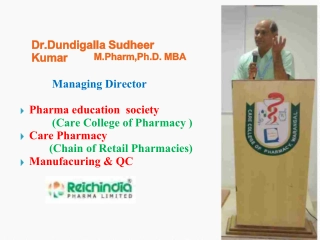
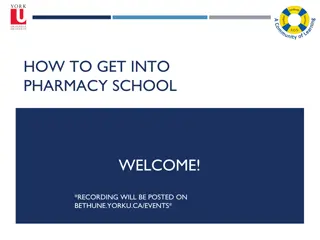

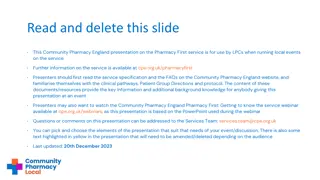

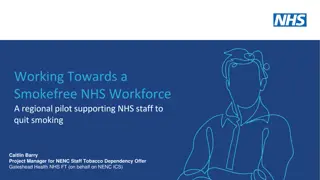

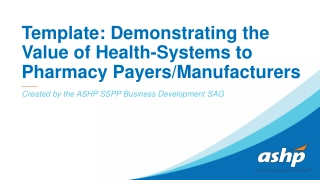
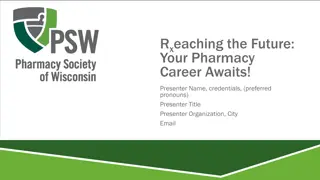
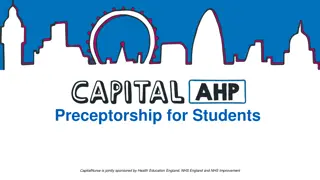
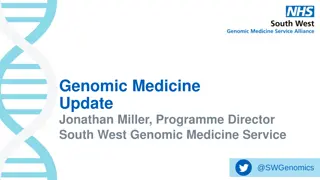
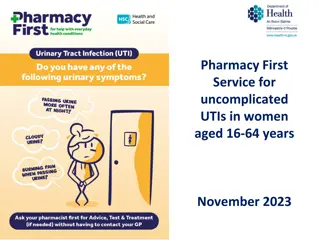
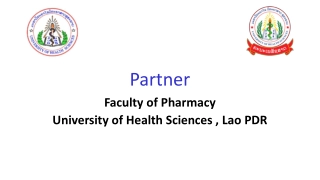
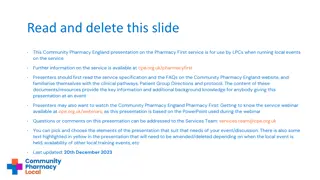
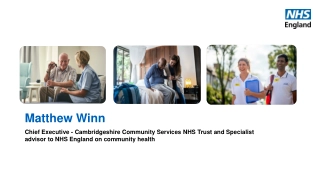
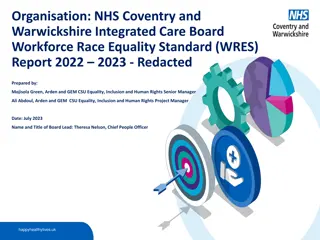
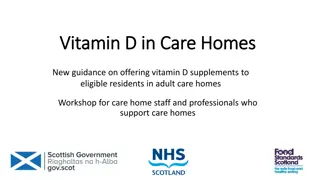
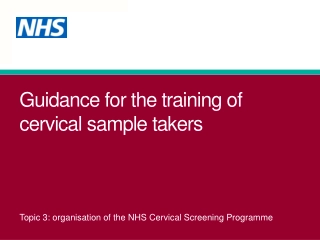
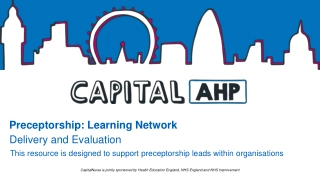

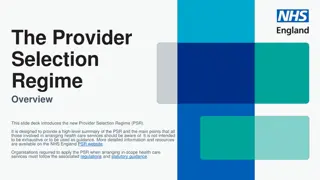
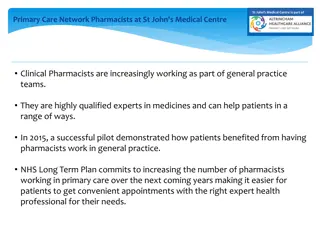

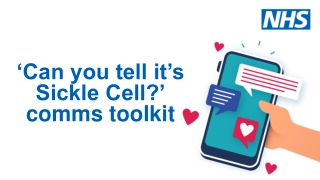
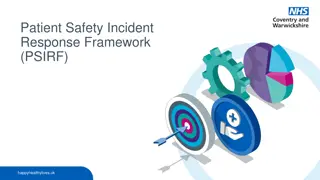
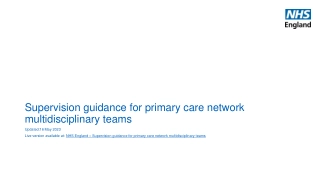
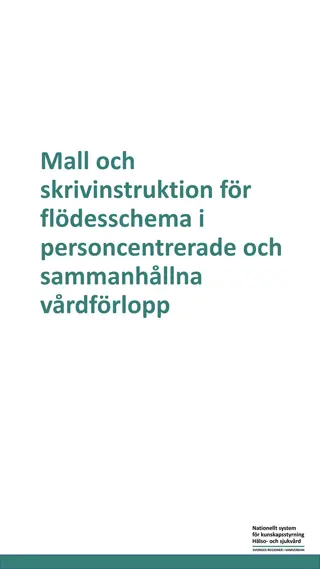
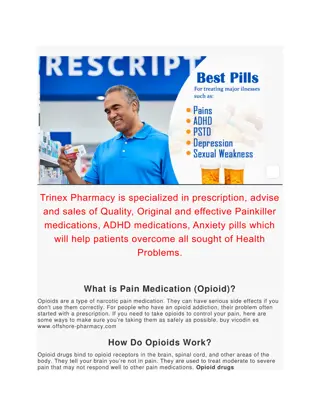
![Skincare Market Growth & Key Industry Developments [2030]](/thumb/26741/skincare-market-growth-key-industry-developments-2030.jpg)
